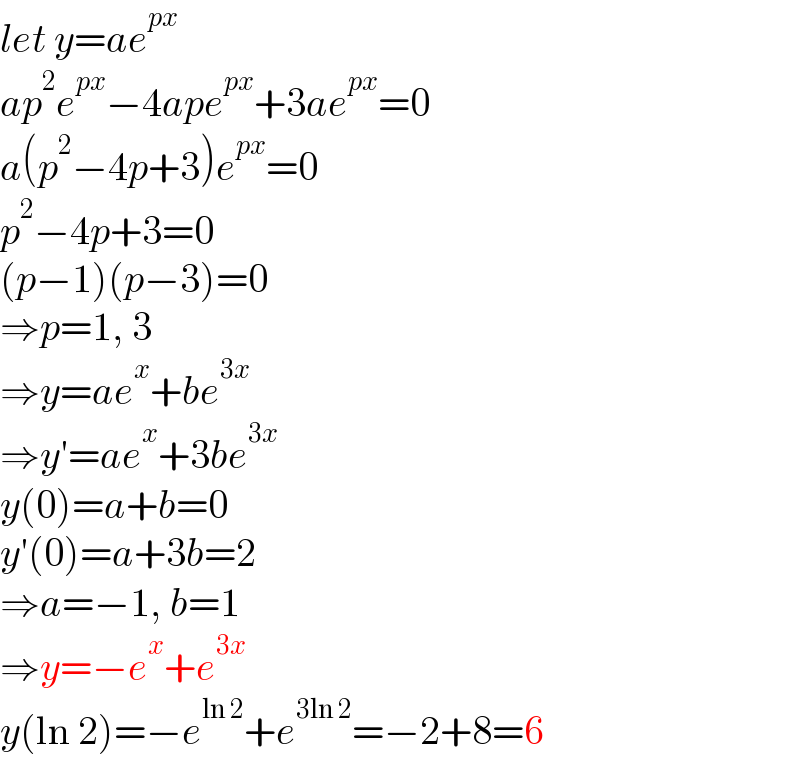
Question and Answers Forum
Question Number 160659 by ZiYangLee last updated on 04/Dec/21

Answered by mr W last updated on 04/Dec/21

| ||
Question and Answers Forum | ||
Question Number 160659 by ZiYangLee last updated on 04/Dec/21 | ||
 | ||
Answered by mr W last updated on 04/Dec/21 | ||
 | ||
| ||